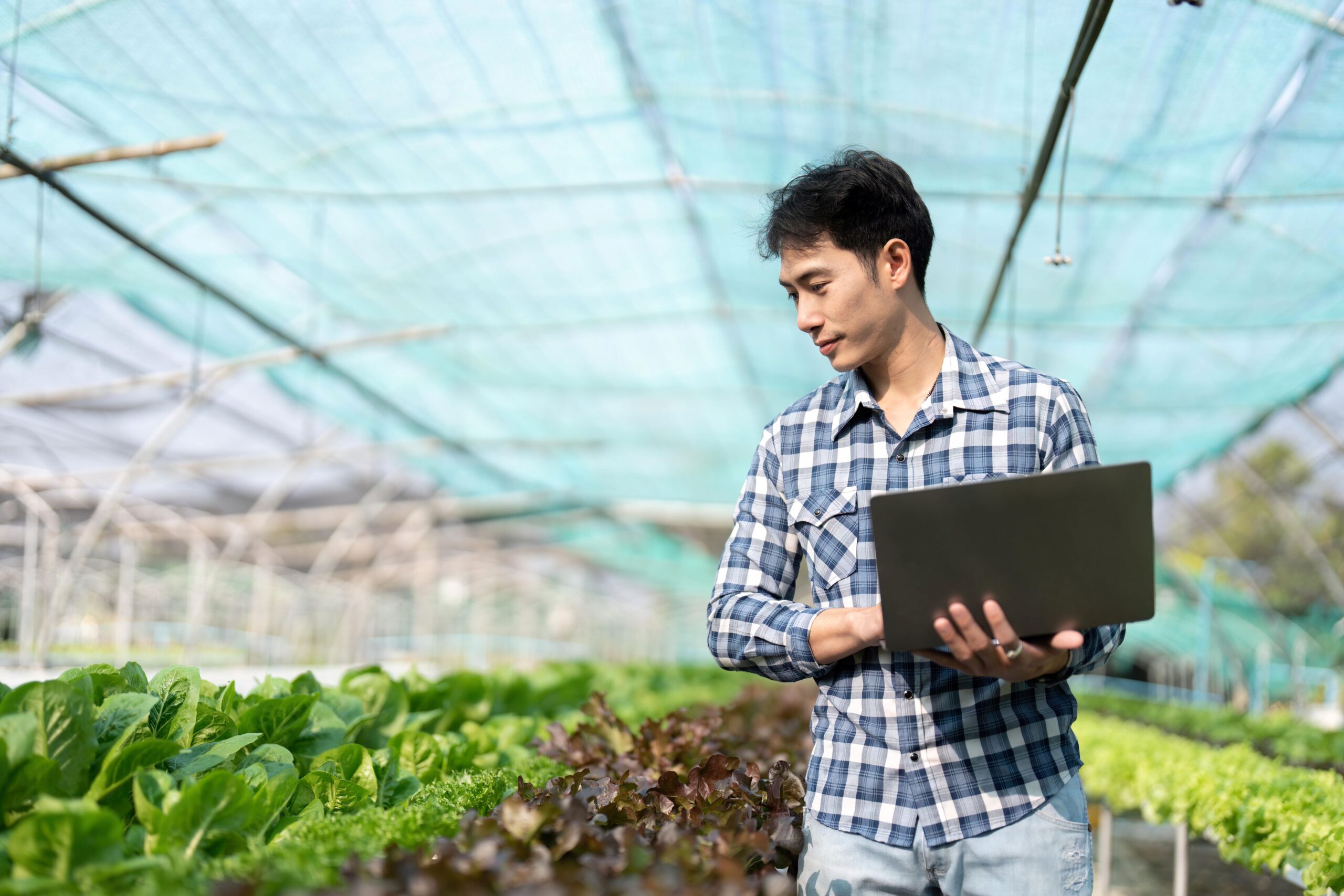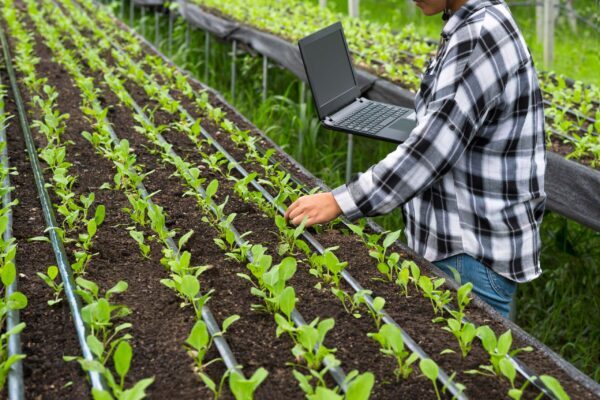In modern agriculture, timing is everything — especially when it comes to water. Overwatering wastes resources. Underwatering harms crops. That’s why today’s growers are turning to real-time data to fine-tune irrigation, boost efficiency, and improve crop health.
By integrating field sensors with cloud platforms, farmers now have access to up-to-the-minute insights about soil moisture, weather conditions, and irrigation performance — all from their mobile device or desktop.
What’s Changing in Irrigation Technology
Irrigation has come a long way from manual scheduling and one-size-fits-all systems. In today’s fast-paced and data-rich environment, precision irrigation is emerging as one of the most powerful ways to conserve water, cut costs, and improve yields. The technologies behind it are evolving rapidly — and adoption is spreading across farms of all sizes. Here are some of the innovations leading this transformation:
- Wireless field monitoring
Remote sensors track moisture, temperature, and water flow in real time — reducing manual checks and delays. - Cloud-based decision platforms
Growers can access data from anywhere, receive alerts, and make adjustments instantly. - Data integration with crop management software
Systems like AgSense and MapShots allow irrigation data to sync with broader farm planning tools. - Automated irrigation control
With the right setup, irrigation can be triggered or adjusted automatically based on sensor inputs or weather forecasts.
These advances are not just about convenience — they are about empowering farmers to make informed, timely decisions that directly impact the health of their crops and the sustainability of their operations. As technology becomes more accessible and user-friendly, smart irrigation is no longer a niche tool — it’s becoming a baseline expectation for modern agriculture.
Why It Matters
Agriculture faces growing pressure to do more with less — especially water.
Smart irrigation reduces waste, supports healthier crops, and cuts operational costs. It also provides peace of mind: farmers know what’s happening in the field, even when they’re miles away.
By combining sensors, software, and connectivity, growers gain not just information — but actionable insight that translates into real results.
What to Explore on the Blog
This section of our blog dives into the tools and ideas transforming agriculture through data and automation. We go beyond product reviews — we focus on real-world impact and practical integration.
You’ll find:
- Reviews of emerging smart farming platforms
- Insights on how real-time data changes fieldwork
- Practical guides for connecting sensors to decision tools
- Profiles of farms using irrigation tech successfully
- Updates on sustainable water practices in agtech
We also explore how smart irrigation fits into larger systems — from weather-informed decision-making to crop planning and yield optimization. You’ll discover how data isn’t just useful, it’s transformational when applied at the right time and scale.
Our goal is to help you think not just about tools, but about strategy — how to adopt technology in ways that serve your land, your goals, and the future of farming. Whether you’re a grower, agronomist, or just curious about precision agriculture, you’ll find content that challenges, informs, and inspires.
Data-Driven Growing Is the Future
The age of “set it and forget it” irrigation is over.
Today’s farms run on data — and those who adopt the tools early gain a critical edge in sustainability, cost control, and productivity.
With the right technology, water becomes a tool, not a risk.
And farming becomes not just smarter — but more secure for the future.
Toward a Connected Agricultural Future
Smart irrigation is just one part of a broader shift toward connected agriculture — where data, automation, and remote access work together to optimize every stage of crop production. From drones to satellite imaging, and from predictive analytics to mobile farm management, today’s growers are building integrated digital ecosystems.
Irrigation is often the entry point — a practical, high-impact use case that shows what connected tech can do. But once that door is open, the possibilities for innovation and resilience multiply.
